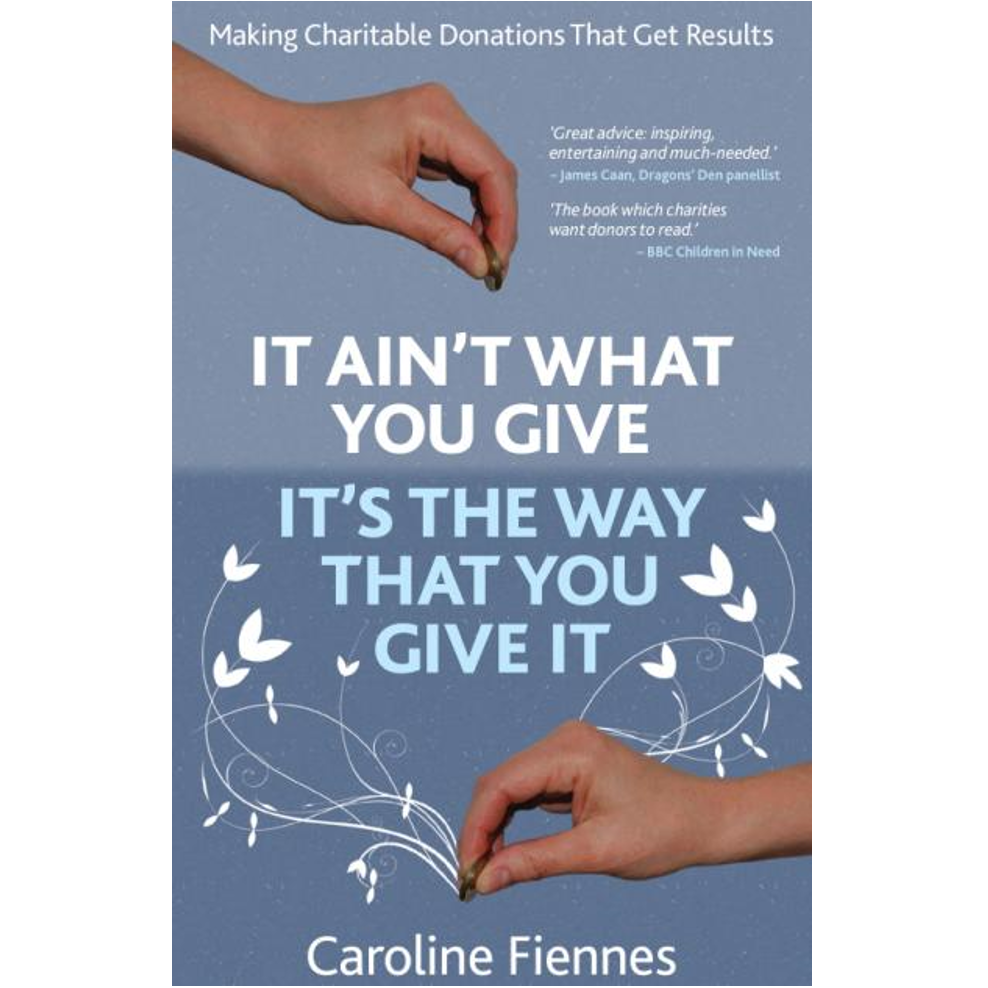Modern philanthropists adopt an evidence-based approach
This article first published in the Financial Times in March 2017.
The Christian tradition of giving things up for Lent comes, it is said, from making a virtue out of necessity. Last year’s harvest, gathered in the autumn, would have sustained people through the winter, but by March and April, supplies would be running thin. Rationing and starvation were common. Hence, religious blessing was given to abstinence and forbearance during these bleak months.
The cycle persists. About 300 million people globally still have an annual “hun gry season” before the new crops are ready. They’ll often skip a meal each day, which is particularly dangerous for pregnant women and young children because it irreparably damages cognitive development. Yet this suffering can be prevented for just the price of a bus ticket.
gry season” before the new crops are ready. They’ll often skip a meal each day, which is particularly dangerous for pregnant women and young children because it irreparably damages cognitive development. Yet this suffering can be prevented for just the price of a bus ticket.
Northern Bangladesh is dominated by subsistence farming, and in the season when hunger stalks the countryside — known locally as Monga — there is work in the cities. Yet only about a third of families near starvation send somebody there temporarily to earn money.
Researchers lead by a Bangladeshi professor at Yale investigated whether and how to encourage more people to migrate to the cities during the hungry season. Using randomised controlled trials — the research method used to test pharmaceutical drugs — they told some families, truthfully, that there was work in the cities to see whether the problem was simply that people didn’t know. To other families, they also offered about $11.50 — enough for the return bus fare and a couple of days of food on arrival.
Simply telling people did nothing: it didn’t make people any more likely to go and seek work. By contrast, the tiny bursaries had a dramatic effect: the proportion of families from which somebody went to the city rose from 36 per cent to 58 per cent. Those workers earned about $110 on average, much of which got spent an extra meal each day for family members back home. Better still was the longer-term effect: many of the people who received the bursary remembered the benefit and returned to the city the following year, many working again for the same employer.
Thus, the hunger cycle gets eradicated, perhaps permanently. For just 11 bucks.
That success has prompted interest in spreading this programme. But first, the researchers have run further studies to fine-tune it. They have found, for example, that it is better to run the programme “intensively”, offering the bursaries to, say, half the landless poor in a village than to just a tenth of them, because the intensity increases the proportion who go. Presumably, showing up in a city with people you know is less scary than going alone.
The intensity also increases wages for those who stay home, because w orkers there become markedly scarcer. A Bangladeshi NGO, RDRS, is now testing the “No Lean Season” programme, funded by private donors, which will involve 300,000 households, with collectively 1.4m family members. They’re looking for its effects at scale — positive and negative, expected and unintended. If the programme seems successful, they will roll it out further.
orkers there become markedly scarcer. A Bangladeshi NGO, RDRS, is now testing the “No Lean Season” programme, funded by private donors, which will involve 300,000 households, with collectively 1.4m family members. They’re looking for its effects at scale — positive and negative, expected and unintended. If the programme seems successful, they will roll it out further.
Meanwhile, the researchers are investigating doing something similar in eastern India and in Timor in Indonesia. In Timor, the programme seems to need tweaking. The low population density means that most people there own land. They are tending it during the hungry season, so won’t leave then. But they might go to the city afterwards, to get money to see them through next year’s hungry season. By contrast, the researchers decided against doing the programme in Malawi or Zambia after their initial explorations found that the hungry regions there were not within migratable distances of cities which had work at the relevant time.
These examples illustrate much about how intelligent international development and philanthropy works. It identifies a pressing problem. It studies the problem, including seeking the views of the “intended beneficiaries”. It uses insights from existing research, such as around people’s aversion to risk: the hypothesis was that the very poor might not risk the cost of the bus ticket even if the potential upside was considerable. It tests the hypothesis — on a group large enough to be statistically robust but small enough to limit any damage. It works with organisations already embedded and trusted on the ground: no saviours get parachuted in.
It publishes its findings, clearly and in detail, and in places that others expect to find them. It is alive to possible negative consequences, actively scanning for them and proceeding cautiously. It scales up programmes which work, rigorously investigating whether they are suitable elsewhere, abandoning them if not, and testing precisely how to implement them if so.
Oddly, this is very different to how much of the charity sector, international development, and philanthropy work. Just as medicine didn’t become evidence-based by accident — nor without plenty of shouting matches — evidence-based philanthropy doesn’t happen by magic either. We can learn much from Northern Bangladesh.
__________
Some time later, the NGO which ran No Lean Season, Evidence Action, decided to shut it down, for reasons that it explains here.


Pingback: Giving suggestions for this Christmas | Giving Evidence